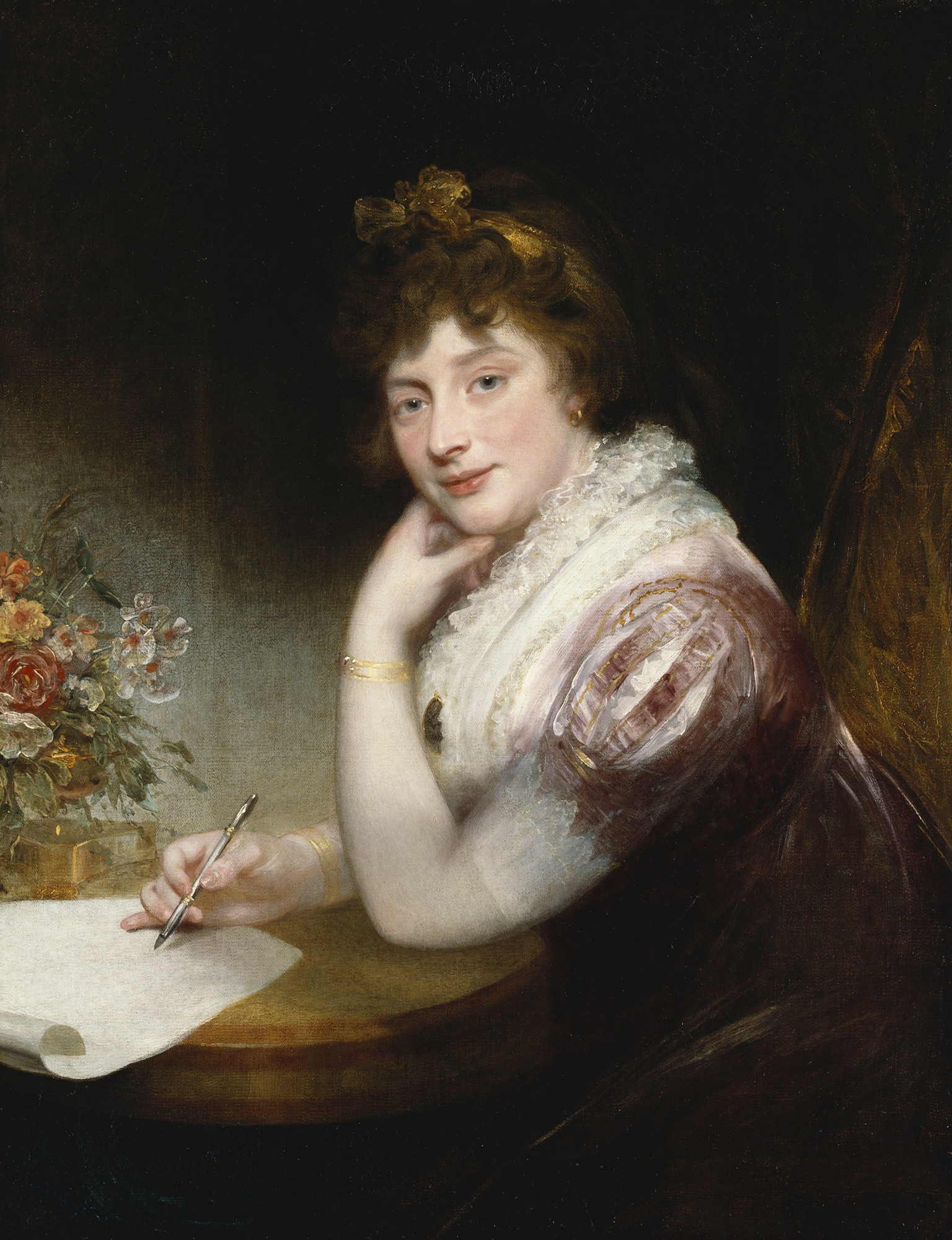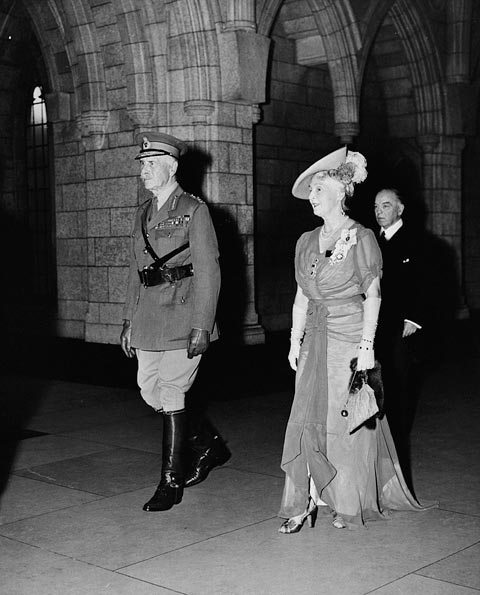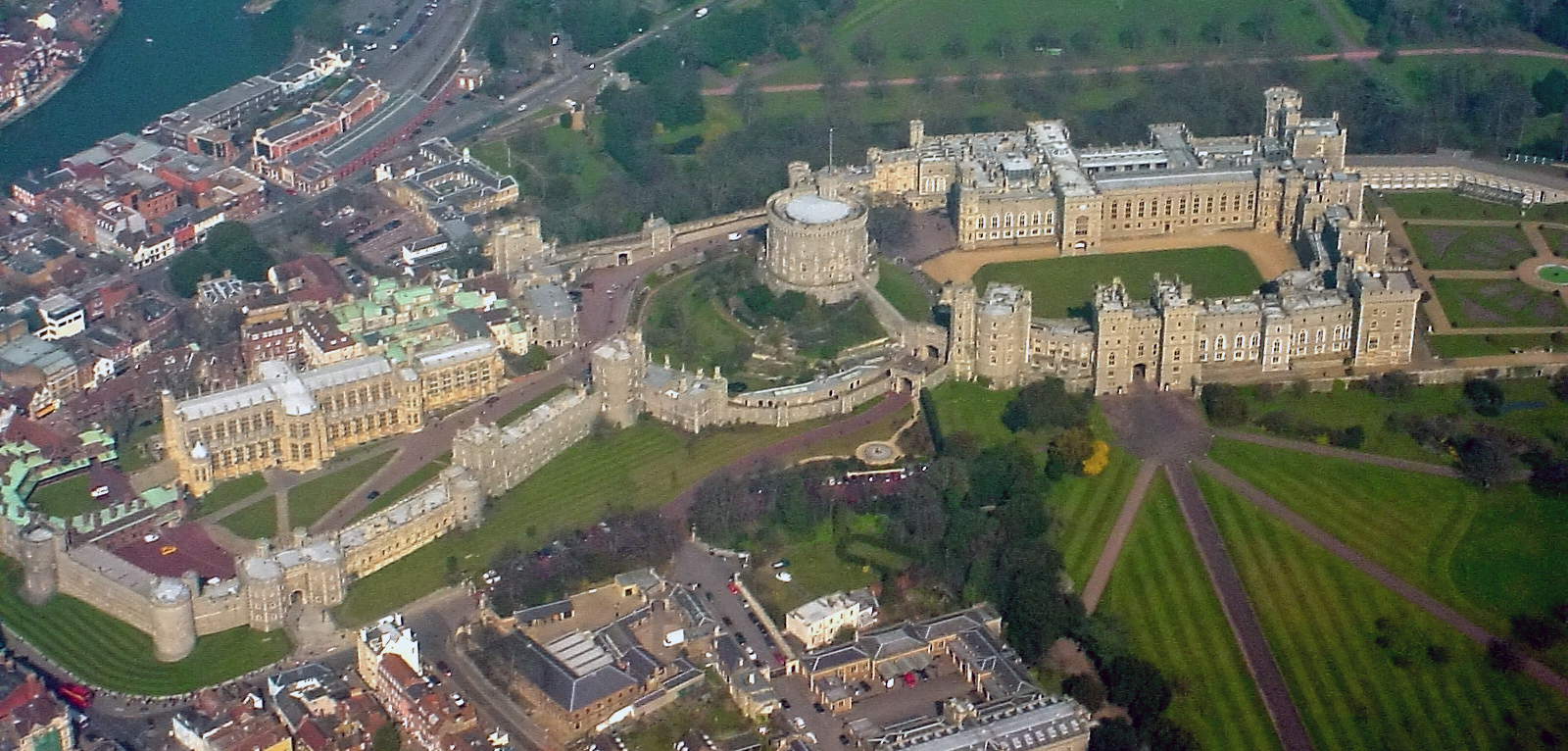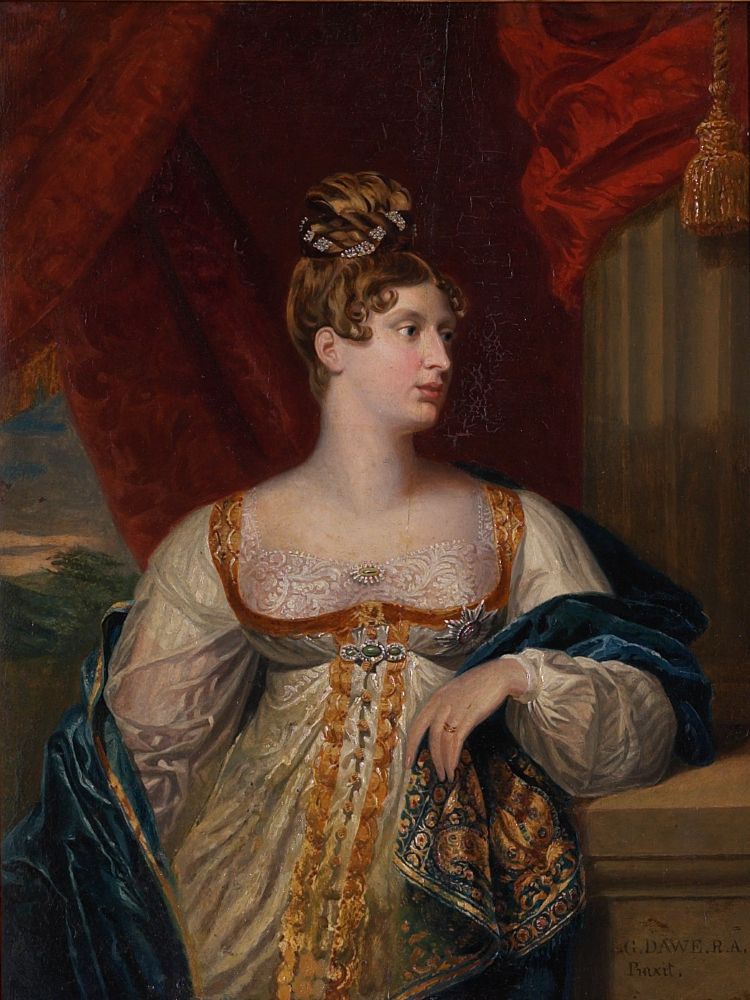by Susan Flantzer © Unofficial Royalty 2014

Helena of Waldeck-Pyrmont, Duchess of Albany; Credit – Wikipedia
Her Serene Highness Princess Helena of Waldeck-Pyrmont (Helena Frederica Augusta) was born on February 17, 1861, at Arolsen Castle in Arolsen, the capital of the Principality of Waldeck-Pyrmont. Today the town is known as Bad Arolsen and is located in the Waldeck-Frankenberg district of Hesse, Germany. Her parents were George Victor, Sovereign Prince of Waldeck-Pyrmont and Princess Helena of Nassau. Through both of her parents, Helena was a descendant of Anne, Princess Royal, the eldest daughter of King George II of Great Britain.
Helena was the fifth of seven children and had five sisters and one brother:
- Princess Sophie (1854 – 1869), died of tuberculosis at age 15
- Princess Pauline (1855 – 1925), married Alexis, Prince of Bentheim and Steinfurt, had issue
- Princess Marie (1857 – 1882), married Prince Wilhelm of Württemberg, later King Wilhelm II of Württemberg, had issue, died in childbirth
- Princess Emma (1858 – 1934), married King Willem III of the Netherlands, had one child Queen Wilhelmina of the Netherlands
- Friedrich, last reigning Prince of Waldeck and Pyrmont (1865 – 1946), married Princess Bathildis of Schaumburg-Lippe, had issue
- Princess Elisabeth (1873 – 1961) married Alexander, Prince of Erbach-Schönberg, had issue
Helena had one half-brother from her father’s second marriage to Princess Louise of Schleswig-Holstein-Sonderburg-Glücksburg:
- Prince Wolrad of Waldeck and Pyrmont (1892–1914), killed in action in World War I
Helena’s family lived mostly at Arolsen Castle, a Baroque-style home built from 1713-1728. The Scottish philosopher, historian, and writer Thomas Carlyle was a great friend of Helena’s mother and a frequent visitor to Arolsen Castle. Carlyle described life at Arolsen Castle as a “pumpernickel court.” Helena had a Lutheran education from a very liberal-minded pastor.
Arolsen Castle, now a museum and home of Wittekind, Prince of Waldeck and Pyrmont; Credit – Wikipedia
In 1881, Helena first met her future husband, Queen Victoria’s youngest son, Prince Leopold, Duke of Albany in Darmstadt, Grand Duchy of Hesse and by Rhine, now in the German state of Hesse, where Leopold was staying with Ludwig IV, Grand Duke of Hesse and by Rhine, the widower of Leopold’s sister Alice. Leopold was the only son of Queen Victoria to suffer from hemophilia. He saw marriage as a way to become independent from Queen Victoria, his overbearing mother. Besides having hemophilia, Leopold also had mild epilepsy. (See Unofficial Royalty: Hemophilia in Queen Victoria’s Descendants.) Although hemophilia had more serious consequences, it was a disease that was not completely understood at the time, and it was Leopold’s epilepsy that caused him problems while seeking a bride. Epilepsy was considered a social stigma and many families hid away their epileptic relatives.
After Leopold was rejected by several potential royal brides, Queen Victoria and her eldest daughter Victoria stepped in and made arrangements for Leopold and Helena to meet. The couple became engaged on November 17, 1881. Leopold was ecstatic when he wrote to his brother-in-law Ludwig, widower of his sister Alice: “…we became engaged this afternoon…Oh, my dear brother, I am so overjoyed, and you, who have known this happiness, you will be pleased for me, won’t you?…You only know Helena a little as yet – when you really know her, then you will understand why I’m mad with joy today.”

Leopold and Helena; Credit – Wikipedia
On April 27, 1882, Leopold and Helena were married at St. George’s Chapel, Windsor Castle. Helena was escorted down the aisle by her father George Victor, Sovereign Prince of Waldeck-Pyrmont and her brother-in-law King Willem III of the Netherlands. Her wedding gown of white satin, decorated with traditional orange blossom and myrtle was a gift from her sister Queen Emma of the Netherlands. Leopold had requested that his friend, the French composer Charles Gounod, compose a wedding march to be played as Helena made her way to the altar.
Leopold and Helena had two children:
- Princess Alice of Albany (1883 – 1981) married Prince Alexander of Teck (brother of Queen Mary, wife of King George V) during World War I, his title and style were changed to Alexander Cambridge, 1st Earl of Athlone, had issue
- Prince Charles Edward, Duke of Albany (1884 – 1954), the last reigning Duke of Saxe-Coburg-Gotha, married Princess Victoria Adelaide of Schleswig-Holstein-Sonderburg-Glücksburg; had issue including Princess Sibylla of Saxe-Coburg and Gotha, the mother of King Carl XVI Gustaf of Sweden
Charles Edward became Duke of Albany at birth (his father’s title) and in 1900 succeeded his uncle Alfred as the last reigning Duke of Saxe-Coburg and Gotha. During World War I, he was deprived of his British titles because he took up arms against his native country. After World War II, Charles Edward was imprisoned due to his Nazi sympathies and was heavily fined and almost bankrupted. Charles Edward’s grandson, King Carl XVI Gustaf is the current King of Sweden. Leopold’s daughter Alice married a brother of Queen Mary, Alexander Cambridge, 1st Earl of Athlone, and died in 1981, the last surviving grandchild of Queen Victoria.

Helena, Duchess of Albany with her two children Alice and Charles Edward in 1887; Credit – http://www.nationalarchives.gov.uk/
Unfortunately, Leopold and Helena’s marriage was short-lived. In early 1884, Leopold’s doctors recommended that he spend the winter in Cannes, France, which he had done before. At the time, Helena was expecting her second child. On March 27, 1884, Leopold slipped and fell on the staircase at Villa Nevada, the private home where he was staying in Cannes. He injured his knee and hit his head. Leopold died early on the morning of March 28, 1884, apparently of a cerebral hemorrhage, the injuries having been exacerbated by his hemophilia. He was 31 years old.
Four months after Leopold’s death Helena gave birth to her son. She continued to live with her children at Claremont House near Esher in Surrey, England, which Queen Victoria had bought for Leopold upon his marriage. Helena devoted the rest of her life to her children, grandchildren, and charitable work. She was one of the founders of the Deptford Fund, originally founded in 1894 to help the people living by the dockyards in the Deptford section of London. In 1899, Helena founded The Albany Institute which is still in existence. Its website says, “The Albany is a centre for the community that has been responding to the needs of the people of Deptford for over 100 years.”
On September 1, 1922, Helena died of a heart attack at the age of 61 in Hinterriss, Austria where she was visiting her son. At her request, Helena was buried in the beautiful countryside of Hinteriss.
This article is the intellectual property of Unofficial Royalty and is NOT TO BE COPIED, EDITED, OR POSTED IN ANY FORM ON ANOTHER WEBSITE under any circumstances. It is permissible to use a link that directs to Unofficial Royalty.





























